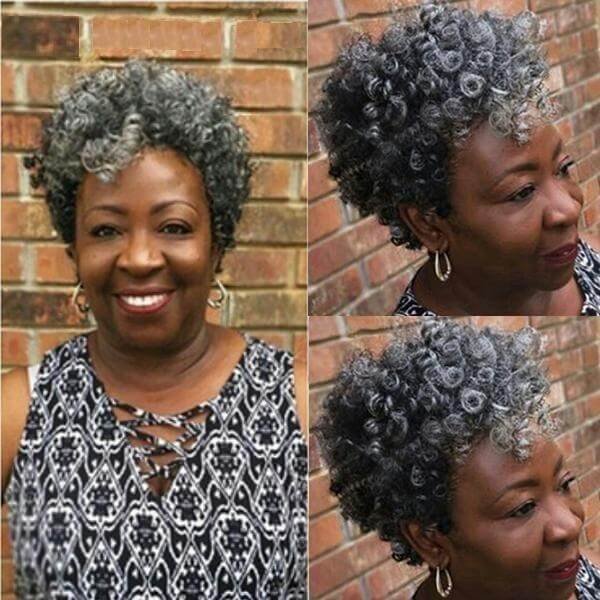
If you’re like me and have not yet come intune with your gray hair, here is some facts from Web MD. https://www.webmd.com/beauty/ss/slideshow-beauty-gray-hair-facts?ecd=wnl_spr_091820_REMAIL&ctr=wnl-spr-091820-REMAIL_nsl-LeadModule_cta&mb=jRBETN28utCzOYuG6I5oAJAyWFWqf9PLhtrZ5kUhTR0%3d
Science of Grays
Your hair follicles have pigment cells that make melanin, a chemical that gives your hair its color. As you age, these cells start to die. Without pigment, new hair strands grow in lighter and take on various shades of gray, silver, and eventually white. Once a follicle stops making melanin, it won’t make colored strands again. You might blame your stressful job or your unruly teens for your grays. But it’s mostly your genes that dictate how early and how quickly it happens. So if either of your parents had a full head of gray hair in their 30s, there’s a good chance you will, too.
Race & the Grays
On average, white people start to gray in their mid-30s. Asians start in their late 30s. And African Americans usually don’t see color changes until their mid-40s.
Do Health Problems Turn Hair Gray?
They could. These conditions include:
- Lack of vitamin B12
- Certain rare, inherited tumor conditions
- Thyroid disease
- Vitiligo, a condition that destroys pigment-making cells in the scalp
Alopecia areata causes patches of hair (usually ones with color) to fall out. This can look like sudden graying because the hair that’s left is gray or white. When your hair regrows, it could be gray, white, or your normal color.
Special Care for African American Hair
Black people’s hair usually is thinner , drier, and breaks more easily, compared to hair of people of other races. So comb and otherwise treat it gently, especially if you use chemicals to relax your hair. Add moisture with a light conditioner that penetrates your hair shafts, instead of lanolin or other oily treatments that simply coat the strands.